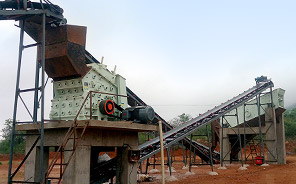The inside of a Raymond mill consists of several key components that work together to grind materials into fine powder. Here’s a breakdown of its internal structure and working mechanism:
 Main Internal Components:
Main Internal Components:
1. Grinding Rollers & Grinding Ring
– Multiple rollers (usually 3–5) rotate around a central axis, pressing against the grinding ring.
– Material is crushed between the rollers and the ring due to centrifugal force.
2. Classifier (Separator)
– Located at the top, it controls the fineness of the powder by separating coarse particles for re-grinding.
– Adjustable blades or impellers regulate particle size.
3. Main Shaft & Central Axis
– Supports the grinding rollers and rotates at high speed to drive the grinding process.
4. Feeding System
– Material enters through a screw feeder or vibrating feeder into the grinding chamber.
5. Air Blower & Cyclone Collector
– The blower circulates air to carry ground powder upward for classification.
– The cyclone collects fine powder, while oversized particles fall back for regrinding.
6. Discharge System
– Fine powder e s through pipes, while coarse material is recycled.
s through pipes, while coarse material is recycled.
Working Process:
1. Material is fed into the grinding chamber.
2. Rollers rotate against the ring, crushing the material.
3. Airflow carries powder upward to the classifier.
4. Fine particles exit; coarse ones return for further grinding.
5. Finished product is collected via a cyclone or bag filter.
Key Features:
– Adjustable fineness (typically 80–325 mesh).
– High efficiency with low energy consumption compared to ball mills.
– Suitable for non-flammable minerals like limestone, gypsum, talc, etc.
Would you like details on maintenance or troubleshooting common issues?





Leave a Reply